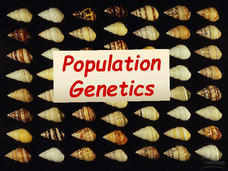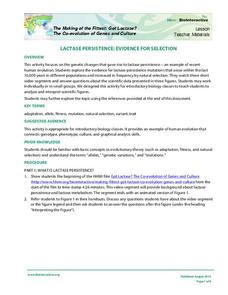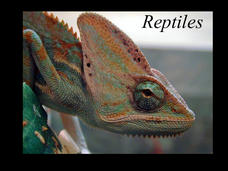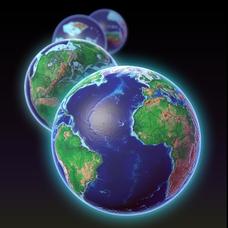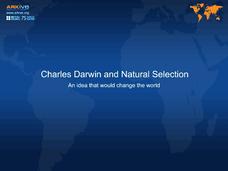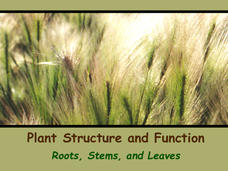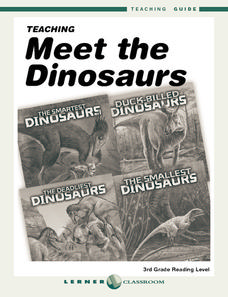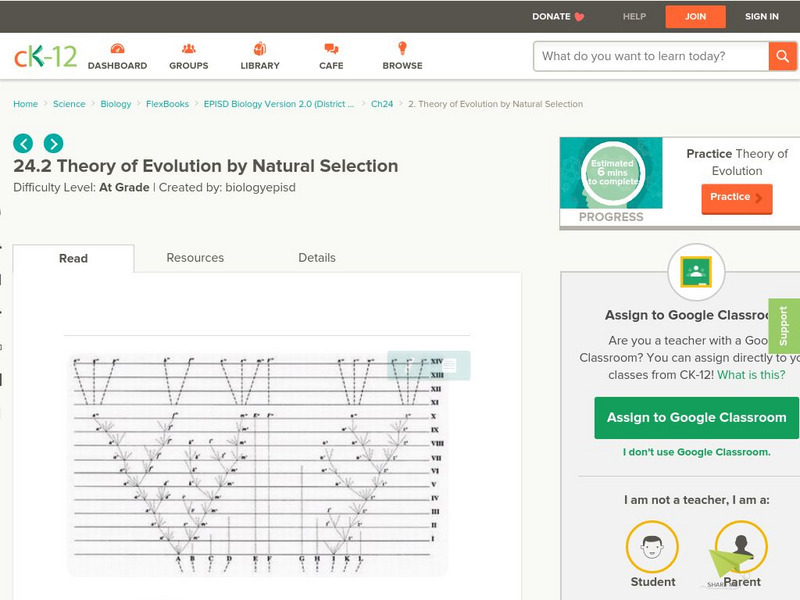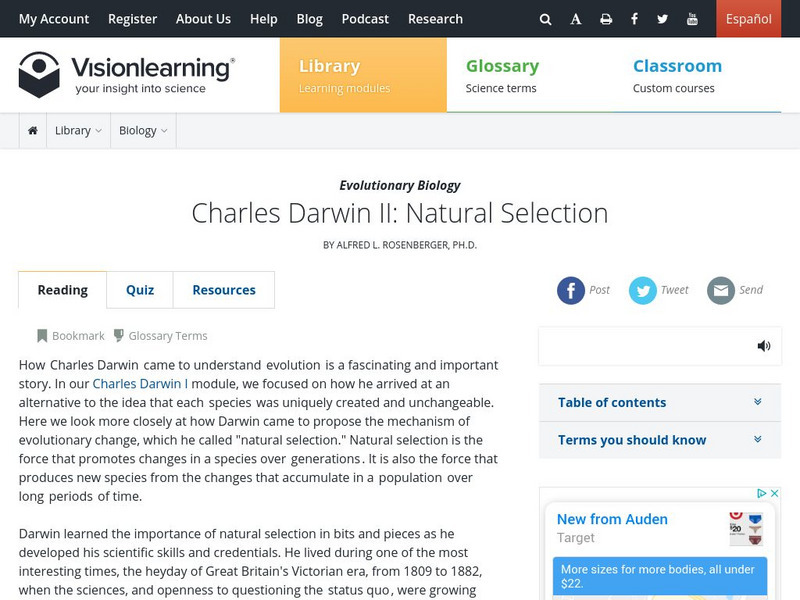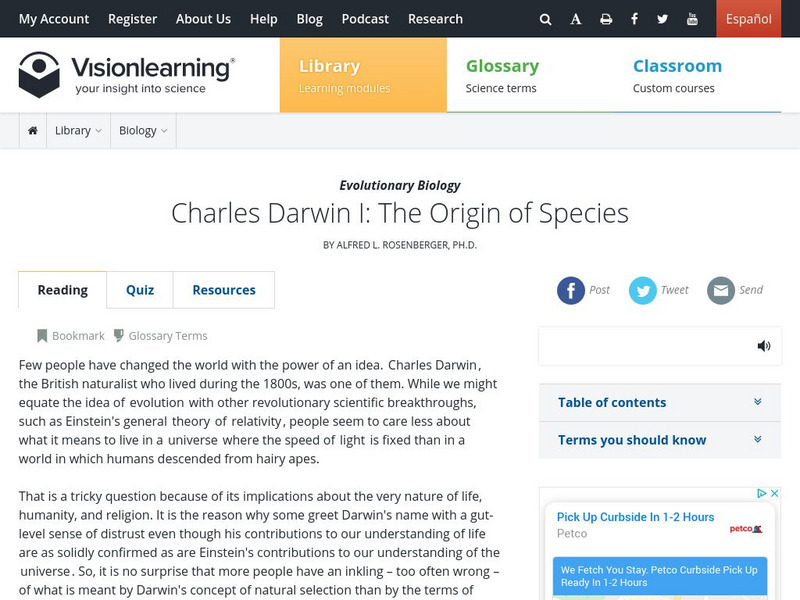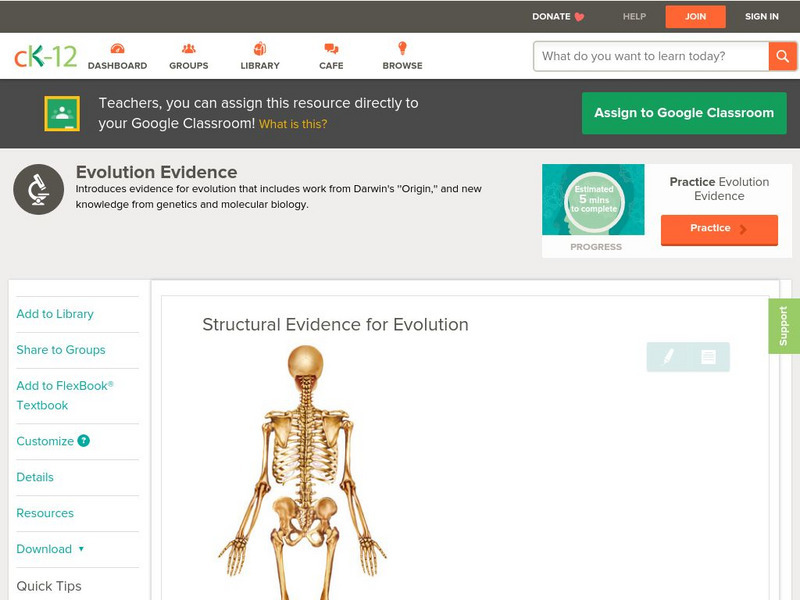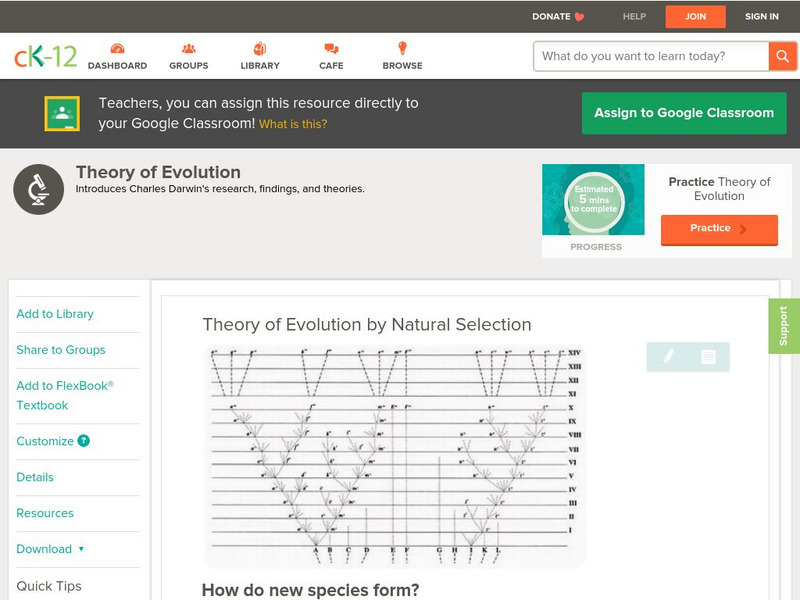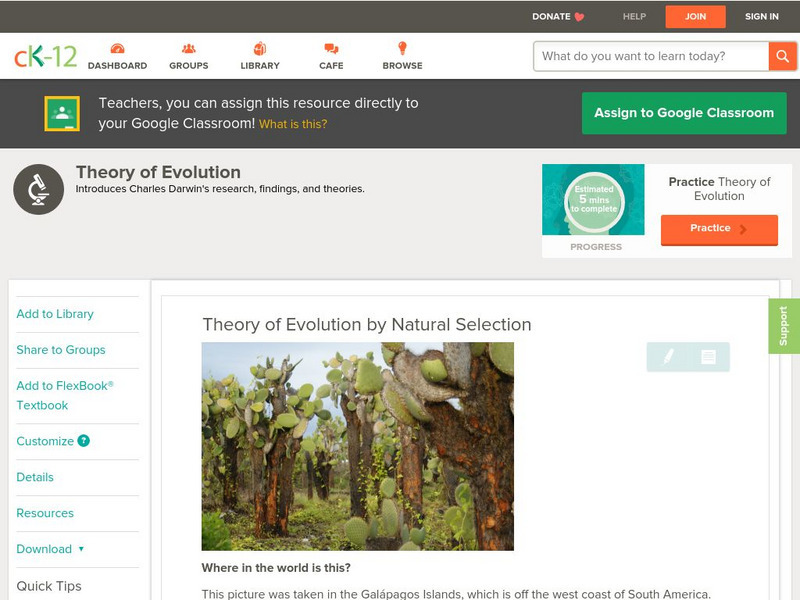College Board
2018 AP® Biology Free-Response Questions
The average AP Biology score dropped in 2018 with the addition of more data tables and graphs. Offer additional practice free-response questions by using the questions from the 2018 AP exam covering phylogenetic trees, cell structure and...
College Board
AP Biology Practice Exam 2013
What is the best way to prepare for an AP® exam? Learners become familiar with the AP® Biology exam by completing a full-length practice exam. The AP® test prep by the College Board contains multiple choice, grid-in, and free-response...
Rice University
Biology for AP® Courses
An eight-unit electronic textbook provides a guide to AP® Biology. Each of the 28 chapters include an introduction, multiple lessons, a summary, review questions, and test prep questions. Teachers see how each lesson connects to a big...
Biology Junction
Kingdom: Fungi
Based on DNA, fungi relate more closely to animals than to plants. This new scientific knowledge shifted the world view of scientists and opened up new classifications. Viewers learn about fungi's place in evolution, in the tree of life,...
Biology Junction
Population Genetics
Genetic variation shows the health of a population, yet cheetahs show very little variation over that last 10,000 years. Scholars learn the importance of genetic variation in populations after viewing an informative presentation. It...
Howard Hughes Medical Institute
Lactase Persistence: Evidence for Selection
What's the link between lactase persistence and dairy farming? Biology scholars analyze data to find evidence of the connection, then relate this to human adaptation. Working individually and in small groups, learners view short video...
Biology Junction
Reptiles
When crocodiles close their mouths, you still see their teeth, but when alligators close their mouths, their teeth are hidden. Learn more about these reptiles and their many evolutionary cousins in a fact-filled presentation. It...
Columbus City Schools
Get Your Organisms Organized
From large to small, show your class how to organize them all! Included within the guide is everything you need to take their knowledge of classification from the cellular to the species level. The worksheets focus on...
Howard Hughes Medical Institute
EarthViewer
Can you imagine Washington DC and London as close neighbors occupying the same continent? Learners will be fascinated as they step back in time and discover the evolution of the earth's continents and oceans from 4.5 billion...
ARKive
Darwin and Natural Selection
A presentation on Darwin's theory of evolution and natural selection could be a good addition to your biology class. It provides general information about how animals adapt to their surroundings, as well as how organisms create more...
Biology Junction
Plant Structure and Function: Roots, Stems, and Leaves
Scientists found fossils of plants more than 420 million years old—but plants existed for up to 100 million years prior to these fossils. Learn about the importance of plants to the entire planet. Viewing a presentation helps scholars...
Lerner Publishing
Meet the Dinosaurs
Take your class of youngsters on a prehistoric adventure with this four-lesson series on dinosaurs. Accompanying the Meet the Dinosaurs books by Don Lessem, these lessons engage children in writing their own dinosaur books,...
Lerner Publishing
Teaching Habitats
What makes up a habitat? Use this resource to engage first graders in the exploration of desert, wetland, forest, and ocean habitats. Youngsters classify plants and animals into the four distinct habitats through drawings and cutting and...
CK-12 Foundation
Ck 12: Episd: Theory of Evolution by Natural Selection
[Free Registration/Login may be required to access all resource tools.] An introduction to Charles Darwin and his theory of evolution by natural selection is offered for students. Meet the writers who influenced Darwin to develop his...
Vision Learning
Visionlearning: Biology: Charles Darwin Ii: Natural Selection
Instructional module focusing on Charles Darwin's explanation of natural selection as the mechanism for evolution. Discusses how this force of natural selection promotes changes in species over time. Site also includes an interactive...
CK-12 Foundation
Ck 12: Biology: Theory of Evolution by Natural Selection
[Free Registration/Login may be required to access all resource tools.] Overview of the basic concepts behind evolution.
Vision Learning
Visionlearning: Biology: Charles Darwin I: The Origin of Species
Instructional module focusing on the early work of Charles Darwin. Discusses Darwin's key role in supporting and describing the theory of evolution as driven by natural selection. Site also includes an interactive practice quiz and links...
CK-12 Foundation
Ck 12: Biology for High School
This digital textbook covers core biology concepts and includes interactive features, real-world examples, videos, and study guides.
CK-12 Foundation
Ck 12: Life Science: Structural Evidence for Evolution
[Free Registration/Login may be required to access all resource tools.] Even though two different species may not look similar, they may have similar internal structures that suggest they have a common ancestor. That means both evolved...
Vision Learning
Visionlearning: Biology: Adaptation: The Case of Penguins
Instructional module focusing on why species change over time through behavioral and physical adaptations. Discusses how environmental mechanisms influence adaptive evolution. Site also includes an interactive practice quiz and links...
CK-12 Foundation
Ck 12: Biology: Theory of Evolution by Natural Selection
[Free Registration/Login may be required to access all resource tools.] Covers Darwin's theory of evolution by natural selection.
CK-12 Foundation
Ck 12: Biology: Living Species
[Free Registration/Login may be required to access all resource tools.] Discusses how evidence from living species provides clues about evolution.
CK-12 Foundation
Ck 12: Life Science: Theory of Evolution by Natural Selection
[Free Registration/Login may be required to access all resource tools.] Do you ever wonder why some birds are big like ostriches and some birds are small like robins? Or why a lion has a mane while a leopard has spots? In the 19th...
Khan Academy
Khan Academy: The Evolution of Gecko Toepads
This is a five-questions related to the passage "The Evolution of Gecko Toepads."




